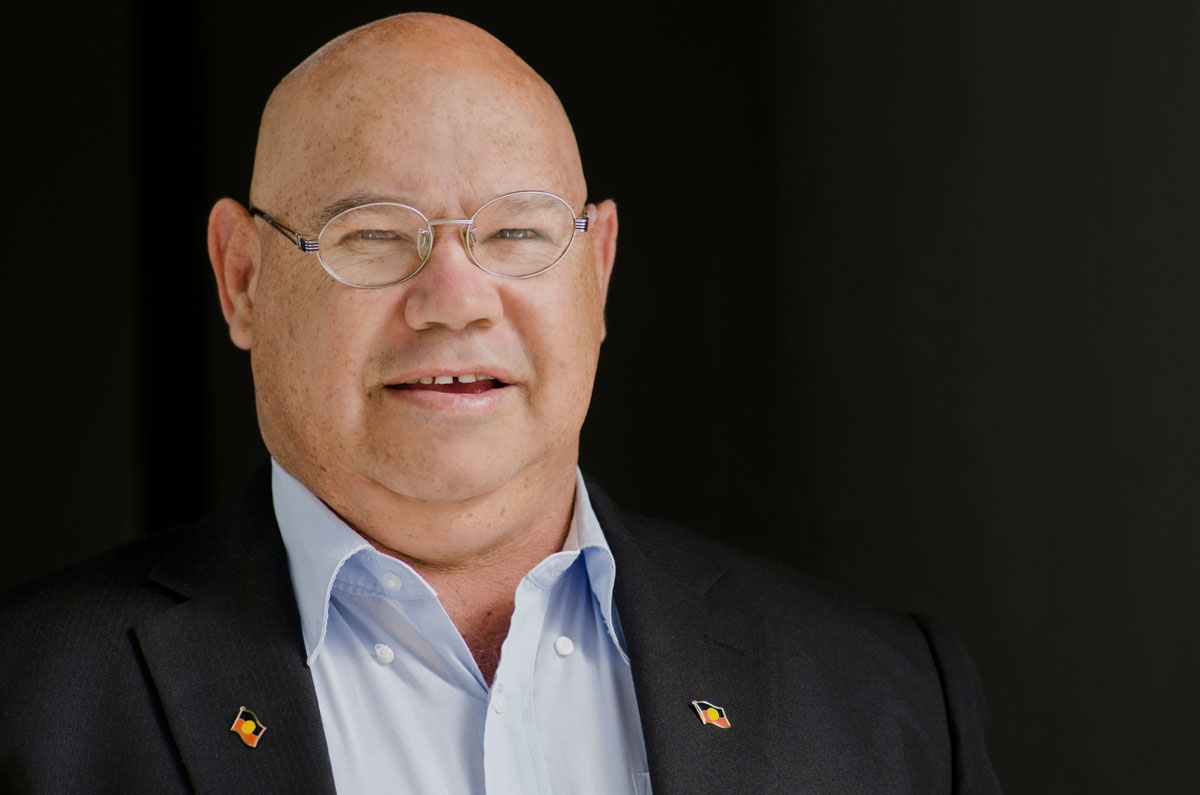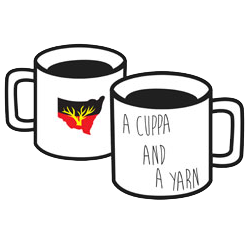
28 July, 2014
NSWALC Chair Craig Cromelin is a descendant of Ngiyampaa and Wiradjuri grandparents and a long-time member of the Murrin Bridge LALC near Lake Cargelligo.
I’ve always taught myself to have a glass half-full approach. I was a young fella when the NSW Aboriginal Land Rights Act was passed in 1983. Life was laid out in front of me. Around 1986 I became involved with the Local Aboriginal Land Council. That took me on a whole different path.
Since then we’ve worked hard to achieve sustainability. A lot of good Aboriginal programs have been wound up at the whim of the government. NSWALC is here to stay. We have a strong membership and it’s about looking ahead. One of my favourite quotes is, “What lies behind us and what lies in front of us is not as important as what lies within us.” I believe that’s where we are now.
One of the many challenges that face myself and my fellow Councillors, is to keep NSWALC relevant through sound decision making processes. The history of the Land Rights network has afforded us opportunities for many of the present day to enjoy. Our vision is on the here and now and looking further down the road for future generations. It’s about how we utilise our resources to take full advantage. Not just our dollar resources, not just land, but our most precious resources, Our Land Council, Our Mob for Our Future.
The fact that Aboriginal people are still here after 40,000 years means we’ve been able to adapt. Our Land Council, Our Mob, Our Future is a new way of communicating to our network. We’re trying to reach new members and potential supporters in the regions. It’s not just our communication strategy that’s changing. It’s a shift in thinking. It’s about thinking that business can be whatever you want as long as good governance underpins it.
The Land Rights network gives people a land base that can be used for cultural, social and economic opportunities.
You can’t go to one community and think that how they do things will be the same for another community. For example, land on the coastal or eastern areas tends to have more potential economic value. The further west you go, the land is larger in volume but lower in monetary value. However it has great spiritual or cultural value.
Within the network we’ve been up-skilling our people to broaden their training. Land Councils are becoming larger players in local government. We’ve been participating in local economies for ages and perceptions are shifting about the way we contribute to the Aboriginal and broader communities.
Over the next 30 years we all need to become visionaries and NSWALC and LALCs need to lead the way. What makes us unique is we take the mob along with us.

